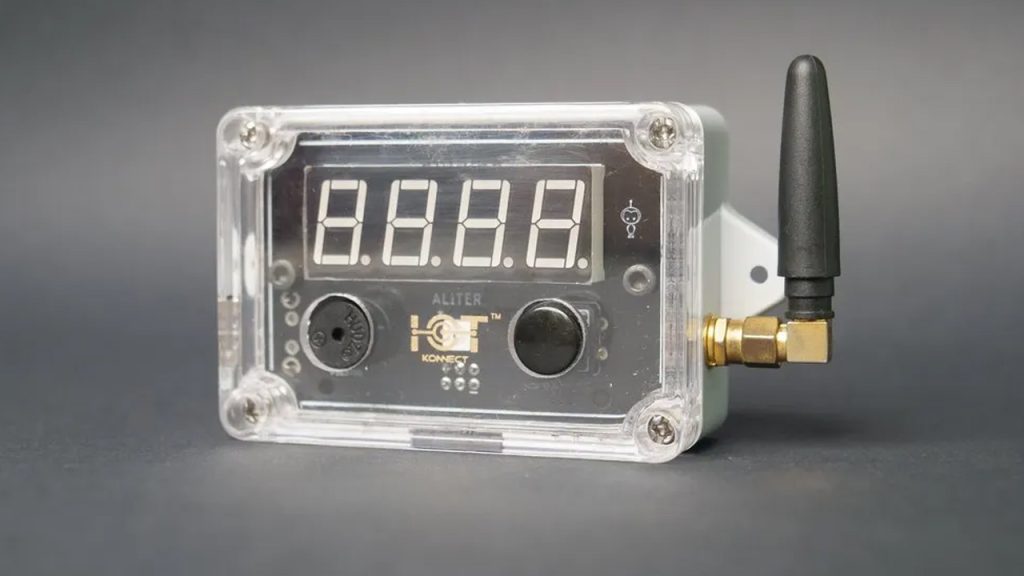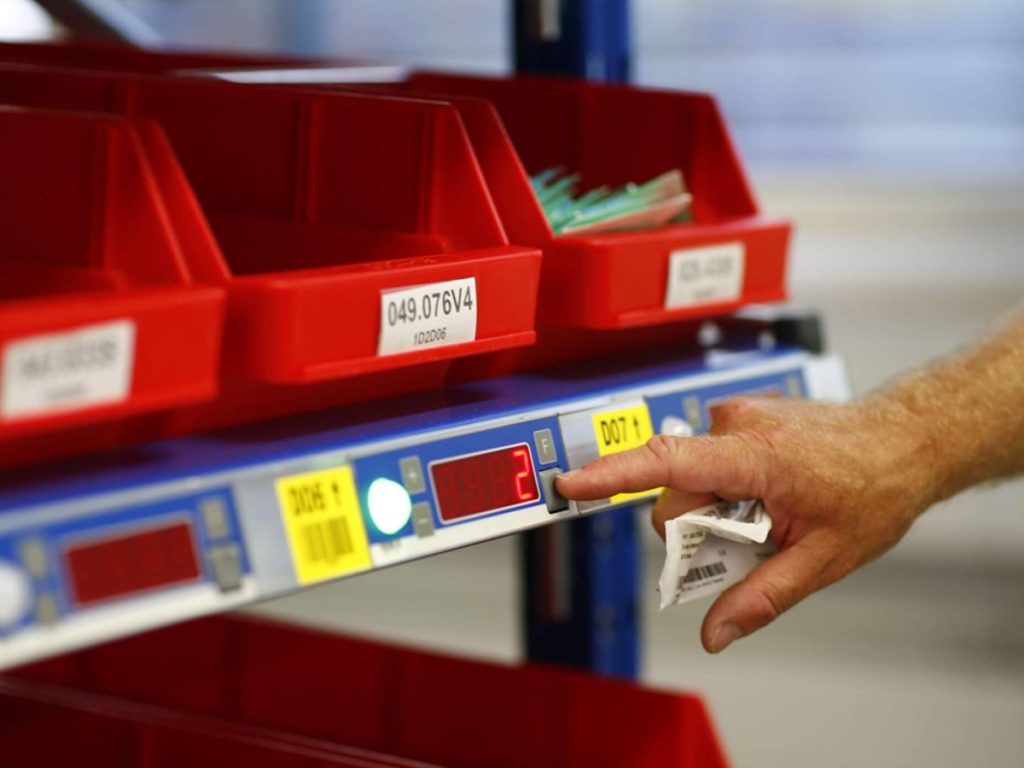What Is A Pick-To-Light System?
To Use pick-to-light system is a type of technology that automates the process of picking and placing items throughout your warehouse or distribution center.
Warehouses, factories, distribution centres, and other industrial settings, have used Pick-to-light systems for decades. he company I-T-E introduced the first pick-to-light system in the early 1990s. In the 1990s, many companies were looking for ways to automate their manufacturing processes. The goal was to reduce costs and improve efficiency. One way that manufacturers were able to do this was by automating their pick and place process using the Pick-To-Light System. Over the years, these systems have evolved, becoming increasingly sophisticated and versatile.
They have transitioned from being solely used for production or manufacturing to encompassing other key steps of a product’s life cycle, particularly its shipping.

There Are Two Types Of Pick-To-Light Systems : Manual & Automated
A manual system requires an operator to select items from a list on a computer screen or from a shelf.
An automated system uses sensors to identify the correct item before it is picked up by the robotic arm, thereby ensuring precision.
Uses Of Pick-To-Light System :
Moreover, pick-to-light systems are also used in manufacturing industries to improve the efficiency of production lines. The system detects when an object is picked up and sends a signal to the machinery to stop production until the item is placed in its proper location. This action saves time that would have been wasted waiting for workers to place each item in their designated spot before continuing work on it.
Use Pick-To-Light System ?
The pick-to-light system illuminates an item or shelf in your warehouse. Additionally, workers use a handheld scanner to quickly identify the correct product from a group of products. Operators scan the barcode of the desired product for product identification.

Advantages & Disadvantages of Using Pick-To-Light System :
Advantages :
In warehouses with pick-to-light systems, employees can quickly find products and get back to work.The lighting is more efficient than other types of lighting because it only turns on when needed.
Faster Speed :
By pinpointing, through its lighted system, the exact location or location of an order drones or workers can finish picking tasks faster.
Higher Accuracy :
Getting operators where they need to be each time simplifies the picking process. Once linked up to software and managing apps, these types of systems demonstrate incredible accuracy.
Team-based :
Each worker has an area called a zone. Operators pass orders from zone to zone. Light-directed systems take this into account and create an assembly line approach that enhances productivity by minimizing walking.
Cost-Effective :
Due to advances in tech as well as Windows-based computer systems the systems have become incredibly affordable.
Hands-Free :
No more pick sheets or records. Operators can scan numbers on a carton and tote and the system does the heavy lifting. Reducing costs, and errors, and streamlining operations.
Disadvantages :
Today’s tech and AI software are slowly editing out the biggest disadvantage. The system is not as accurate as it could be because it relies on human input. It might be difficult for an employee to see if they have scanned the right product or not. In many cases, the system is linked to workers and their human foibles. Nevertheless, with the advent of drones, robots, AI, and automated hardware, some companies are bypassing these issues. They leverage tech and innovations to better their supply chain and max a pick-to-light system’s abilities.
The Difference Pick To Light vs Put To Light
Pick to light and put to light systems leverage the same technology, but result in the opposite action.
Pick-to-light prompts operators to pick items from their corresponding shelves or bins. This would generally be the strategy of choice during kitting and assembly where digital work instructions are guiding workers through the assembly process.
Conversely, a put to light system would prompt operators to place items in their corresponding zone. This would be the preferable option when stocking inventory in their respective storage areas.
Benefits To The Manufactures:
Improved Picking Efficiency :
Pick to light systems take the guesswork out of manual picking processes and do away with the need for operators to move around aimlessly searching for parts and components. Instead, operators directly head for the illuminated shelves or bins with the required items.
More Convenience :
These systems render paper-based order fulfillment lists useless. This old method required workers to leaf through lists and bills of materials to find the necessary components needed to fill the kit order.
The operator only has to scan the order’s unique barcode, and the system automatically pulls up a list of required items.
As a result, employers commission more extended training sessions to ensure that the operators know what each kit should contain. Nevertheless, employees only need to know how to operate the comparatively easy pick-to-light system.
Increased Productivity :
This fulfillment strategy’s simplicity physically benefits operators, reducing fatigue and burnout by eliminating extended trips around the warehouse.
As a result, workers are more productive because they use a simple and effective system to execute their tasks.
Better Customer Satisfaction :
Using pick to light systems allows manufacturers to assemble work orders faster.
Consequently, customers can have their orders more quickly, reducing the frustration that comes with long wait times for products to be delivered.
Furthermore, this system is significantly more accurate than paper-based approaches. This reduces the possibility of quality defects and ensures that customers receive exactly what they requested.
Integration With MES & ERP :
The order fulfillment system plugs into overarching production and warehouse management systems. This provides a host of pros, including efficient stock- and inventory management.
At the end of the day, manufacturers are invariably looking for small changes that can have an outsized impact on productivity within their organization.
Furthermore, when combined with a system like IoT, pick-to-light becomes a complementary tool that leverages digital, interactive work instructions to seamlessly guide operators through their day-to-day tasks, eliminating human errors and reducing product defects from occurring.
If you’re interested in learning how Aliter can help improve productivity within your operation, reach out to a member of our team today! Don’t forget to check out our other insightful blogs for more industry tips and solutions!

